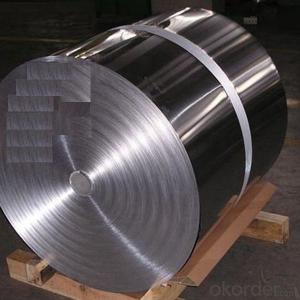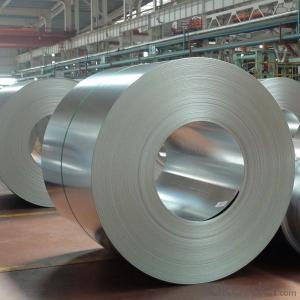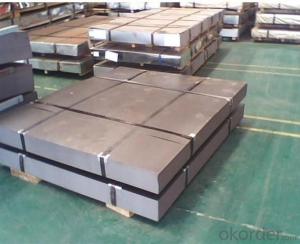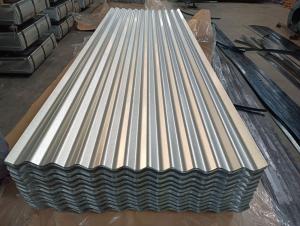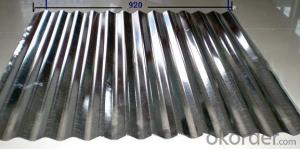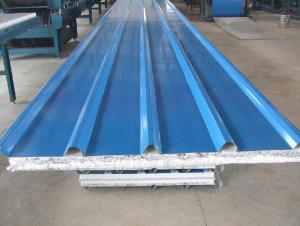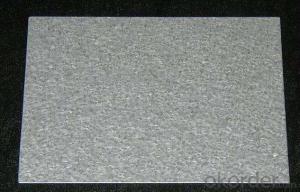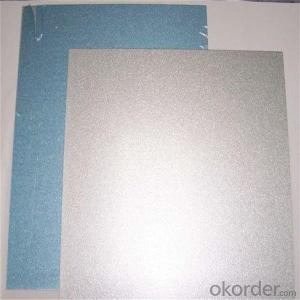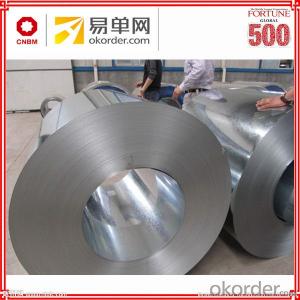Stainless Steel Toddler Plates
Stainless Steel Toddler Plates Related Searches
Best Paint For Stainless Steel Blanket Insulation For Steel Buildings Primer For Galvanized Steel Foam Filter For Stainless Steel H S Code For Stainless Steel Surface Grinding Wheels For Stainless Steel Surface Grinding Wheels For Hardened Steel Hole Saw For Stainless Steel Paint For Stainless Steel Stainless Steel For BbqHot Searches
Steel Mesh Panels For Sale Price For Stainless Steel Scrap Scrap Price For Stainless Steel Price For Stainless Steel Stainless Steel Tank For Sale Stainless Steel Sheets For Sale Cheap High Tea Sets For Sale Stainless Steel Tanks For Sale Stainless Steel For Sale High Density Fiberboard For Sale Solar Hot Water Collectors For Sale Scaffolding For Sale In Uae Scaffolding For Sale In Ireland Scaffolding For Sale In Houston Type Of Inverter For Solar Price Of Shipping Containers For Sale Types Of Inverter For Solar Stock Price For Aluminum Used Solar Inverter For Sale Steel Mesh Panels For SaleStainless Steel Toddler Plates Supplier & Manufacturer from China
Okorder.com is a professional Stainless Steel Toddler Plates supplier & manufacturer, offers integrated one-stop services including real-time quoting and online cargo tracking. We are funded by CNBM Group, a Fortune 500 enterprise and the largest Stainless Steel Toddler Plates firm in China.Hot Products
FAQ
- Steel sheets are protected during transportation by sea through various measures to ensure their safety and prevent damage. One of the most common methods used is the application of a protective coating on the steel sheets. This coating acts as a barrier against moisture and saltwater, which are the primary causes of corrosion during sea transportation. The coating can either be a temporary solution, such as a layer of oil or wax, or a more permanent solution, such as a layer of paint or zinc. Additionally, steel sheets are often packaged in bundles or placed in shipping containers to provide added protection. These bundles are secured with straps or wires to prevent movement and potential damage during rough sea conditions. The shipping containers themselves are designed to withstand the rigors of sea transportation and protect the steel sheets from exposure to the elements. Furthermore, steel sheets may be wrapped in plastic or other waterproof materials to provide an extra layer of protection against moisture. This helps to prevent the sheets from coming into direct contact with seawater or rain, reducing the risk of corrosion. During loading and unloading, proper handling techniques are employed to minimize the risk of damage. Cranes or forklifts are used to lift and move the steel sheets carefully, ensuring that they are not dropped or subjected to excessive force that could cause dents or bends. Overall, a combination of protective coatings, secure packaging, and proper handling techniques are employed to safeguard steel sheets during transportation by sea, reducing the chances of damage and ensuring that they arrive at their destination in optimal condition.
- What is steel concrete?
- The steel reinforced concrete structure for steel reinforced concrete in Japan (two, u, iron and iron bars, a}) structure. In Europe and the United States known as the concrete steel structure (SteelEnc, ED, Concrete) structure, in the former Soviet Union is known as the reinforced concrete structure. According to different forms of steel distribution, SRC structures can be divided into two types: solid steel, steel reinforced concrete and seamless steel reinforced concrete. At present, the solid steel reinforced concrete members are often used in seismic structures, and the typical section forms of solid steel concrete columns, beams, shear walls and joints are commonly used.
- The average thermal expansion coefficient of steel sheets varies depending on the specific type of steel and its composition. However, a commonly accepted average value for the thermal expansion coefficient of steel sheets is around 12 x 10^-6 per degree Celsius (12 parts per million per degree Celsius). It is important to note that this value is an approximation and can vary slightly depending on the specific grade and composition of the steel being used.
- A smooth stainless steel sheet has a flat and polished surface, while a corrugated stainless steel sheet has a wavy pattern or ridges on its surface. The corrugations provide added strength and rigidity to the sheet, making it suitable for applications where increased durability and resistance to bending or warping are required. The smooth sheet, on the other hand, is often chosen for its aesthetic appeal and can be easily cleaned and maintained.
- When handling steel sheets, there are several safety considerations to keep in mind. Firstly, it is important to wear appropriate personal protective equipment (PPE) such as gloves, safety glasses, and steel-toed boots to protect against potential injuries. Secondly, steel sheets can be heavy and cumbersome, so it is crucial to use proper lifting techniques and equipment to avoid strains or muscle injuries. Additionally, sharp edges or corners on steel sheets can pose a risk of cuts or punctures, so caution should be exercised when handling them. Lastly, steel sheets can be slippery when wet or oily, so it is essential to maintain a clean and dry working area to prevent slips and falls. Overall, awareness, caution, and adherence to safety protocols are key when handling steel sheets to ensure the well-being of individuals involved.
- Yes, steel sheets are generally resistant to graffiti due to their smooth and non-porous surface, which makes it difficult for spray paint or other graffiti materials to adhere to the surface. Additionally, steel sheets are often coated with protective layers such as paint or anti-graffiti coatings, which further enhance their resistance to graffiti.
























